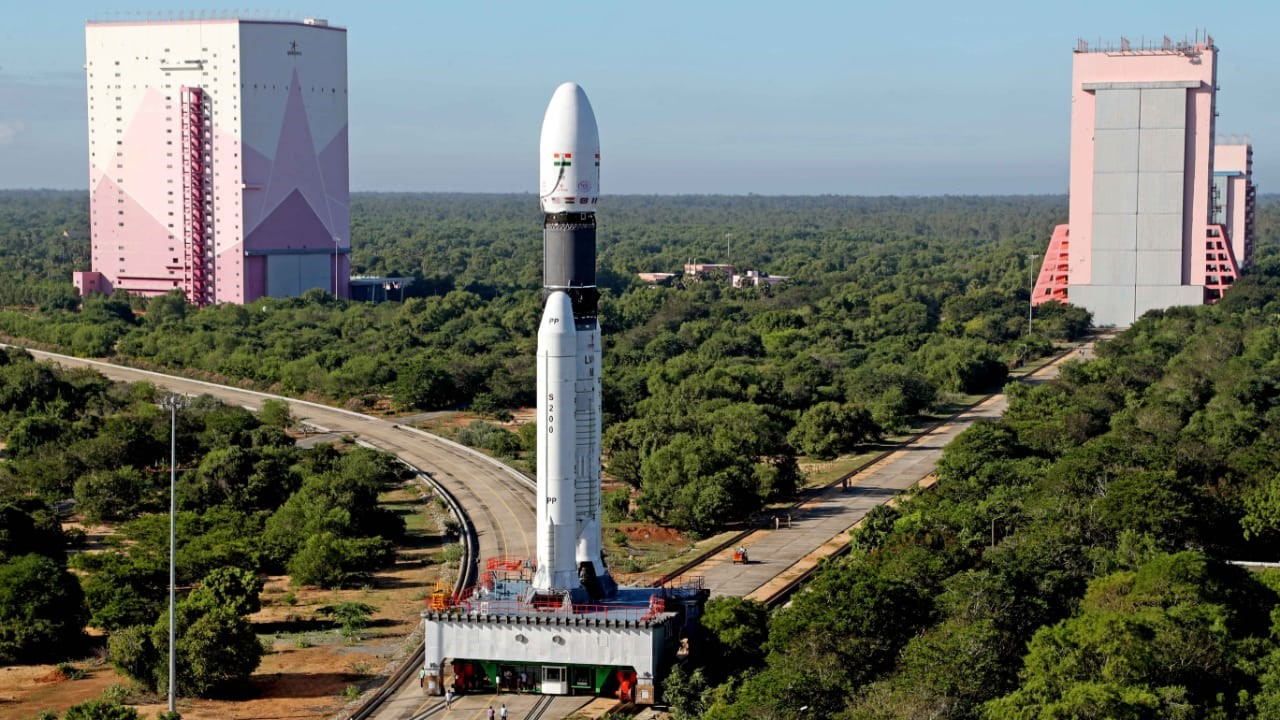
India is steadily inching toward the first uncrewed flight in its human spaceflight program, Gaganyaan (Sanskrit for "celestial vehicle"). Early last week, the nation's space agency successfully completed the final test to qualify the test flight's rocket engine, approving it to be capable of safely ferrying astronauts to space.
This engine test was the seventh of its kind in which flight conditions were simulated to assess the device's endurance and performance under normal, and abnormal, conditions including varying thrust and propellant tank pressure, officials said in a statement on Wednesday (Feb. 21). These tests are being carried out at the ISRO Propulsion Complex (IPRC) in the southern state of Tamil Nadu.
Since 2014, seven years after the Gaganyaan program was first initiated, ISRO has has been perfecting its homegrown flight hardware including engines, solid rocket boosters, crew escape systems and parachutes ahead of the uncrewed Gaganyaan-1 (G1) mission, tentatively scheduled for the third quarter of this year.
Related: India wants to land astronauts on the moon in 2040
This year's test flight will carry a humanoid robot, Vyomitra (Sanskrit for "space friend"), to help validate ISRO's technology before astronauts fly onboard next year. First unveiled by the space agency in 2020, Vyomitra is a legless robot equipped with the capability to converse, issue alerts and monitor various parameters of the crew module.
It "is designed in such a manner so as to simulate human functions in the space environment and interact with the life support system," Jitendra Singh, the minister of state for India's Ministry of Science of Technology, said in a statement released early this month.
Singh reaffirmed that the agency plans to launch three astronauts on a seven-day trip to low-Earth orbit sometime next year, although exact dates have not been revealed.







